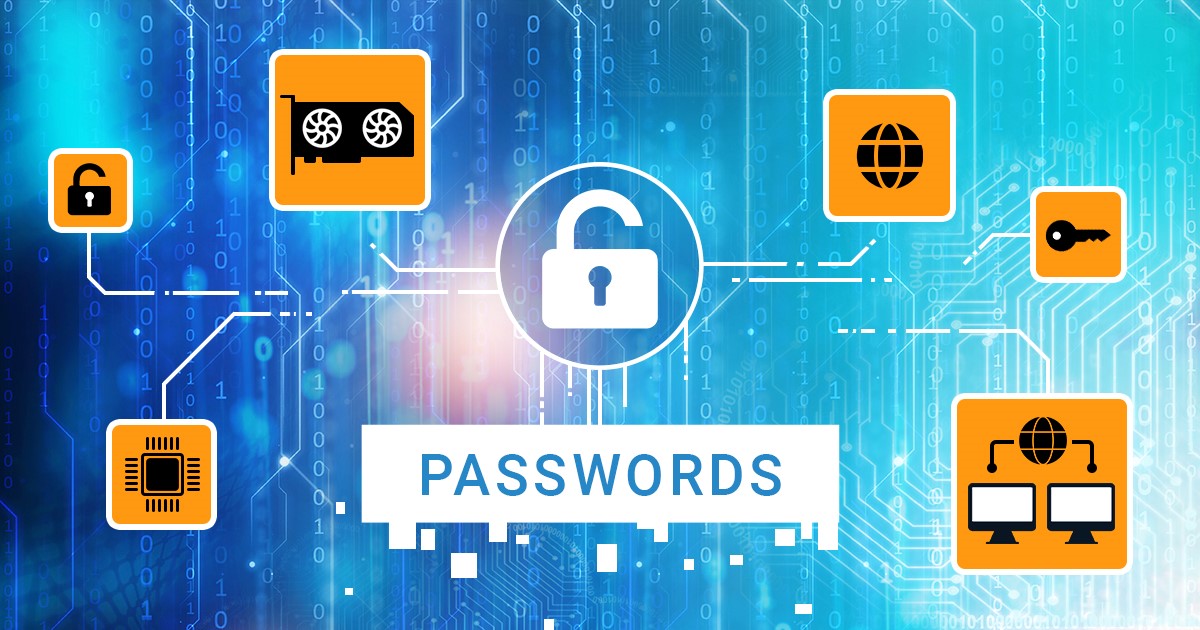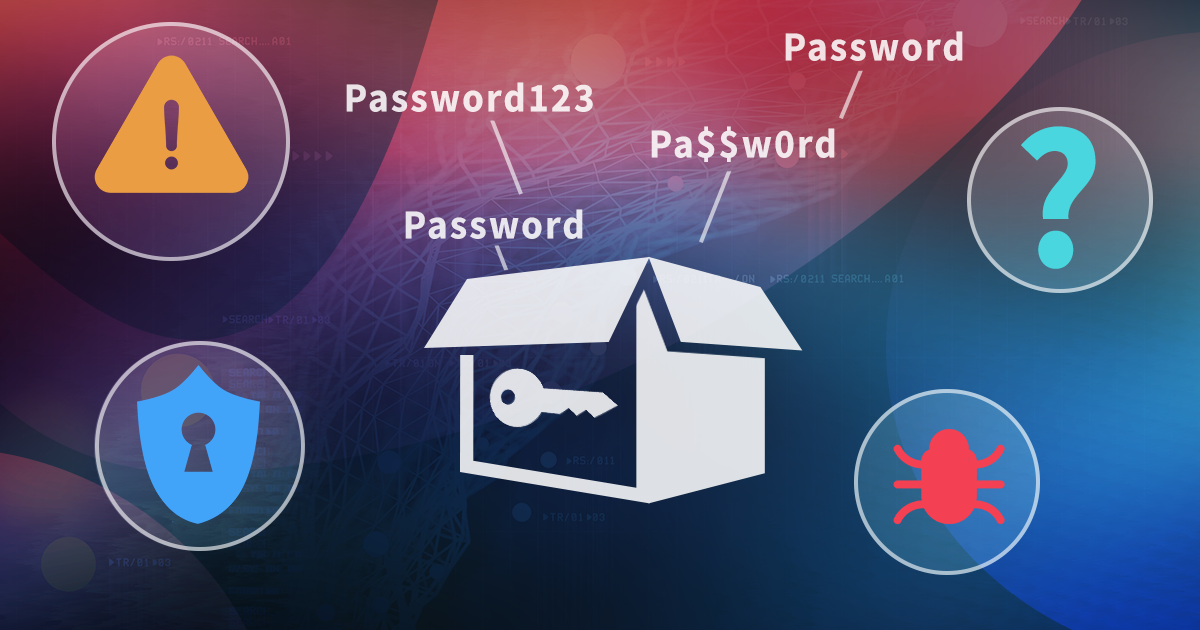In order to use the checkm8-based acquisition, the device must be placed into DFU (Device Firmware Update) mode first, and this is the trickiest part of the process. There is no software way to enter DFU, so you have to do it manually. This article describes how to do it properly for the iPhone 8, iPhone 8 Plus and iPhone X that are now supported by Elcomsoft iOS Forensic Toolkit.
iOS Forensic Toolkit 7.10 brings low-level file system extraction support for a bunch of iOS versions. This includes the entire range of iPhone models based on the A11, A12, and A13 Bionic platforms running iOS 14.4 through 14.8.
BestCrypt, developed by the Finnish company Jetico, is a cross-platform commercial disk encryption tool directly competing with BitLocker, FileVault 2 and VeraCrypt. Volume encryption is available for Windows and macOS. Learn how to break BestCrypt full-disk encryption by recovering the original password!
Backups are the primary way to preserve data. On smartphones, backups are handled automatically by the OS. Windows lacks a convincing backup app; numerous third-party tools are available, some of which feature strong encryption. Computer backups may contain valuable evidence that can be useful during an investigation – if you can do something about the password.
Before the end of this year, we are releasing one last update. Advanced Office Password Recovery can now break 40-bit encryption in Microsoft Office documents, and gains support for Thunder Tables. What are Thunder Tables exactly, and is 40-bit encryption still relevant? Read along to find out.
Installing the checkm8 exploit to perform forensically sound extractions with iOS Forensic Toolkit can be tricky, which is in part due to certain hardware peculiarities. If you watch our blog, you might have already read the article on checkm8, checkra1n and USB hubs. We have some good news: we managed to fix some of the issues with or without the use of a USB hub.
Half a year ago, we started a closed beta-testing of a revolutionary new build of iOS Forensic Toolkit. Using the checkm8 exploit, the first beta delivered forensically sound file system extraction for a large number of Apple devices. Today, we are rolling out the new, significantly improved second beta of the tool that delivers repeatable, forensically sound extractions based on the checkm8 exploit.
The second beta of iOS Forensic Toolkit 8.0 has arrived, offering repeatable, verifiable extraction for a limited range of iOS devices. The new release introduces a brand-new user interface, which differs significantly from the selection-driven console we’ve been using for the past several years. This article describes the new workflow for performing forensically sound extractions with iOS Forensic Toolkit 8.0 beta2.
If you ever used the checkra1n jailbreak or the checkm8 acquisition method available in some mobile forensic products like iOS Forensic Toolkit, you know that the trickiest parts of the process are the first two: entering DFU, and using the exploit itself. Even if you have the right cables and enough experience, sometimes you may still bump into a weird issue or two. The device may not enter DFU whatever you do, or the exploit fails. How can you increase your success rate?
Our mobile acquisition tools, Elcomsoft iOS Forensic Toolkit and Elcomsoft Phone Breaker, support a number of different extraction options. While many of our readers know the differences between logical and physical acquisition in general better than most, there are some things in our software making the logical/physical dilemma somewhat different. In this article, we laid out the differences between the extraction methods as implemented in our tools.


